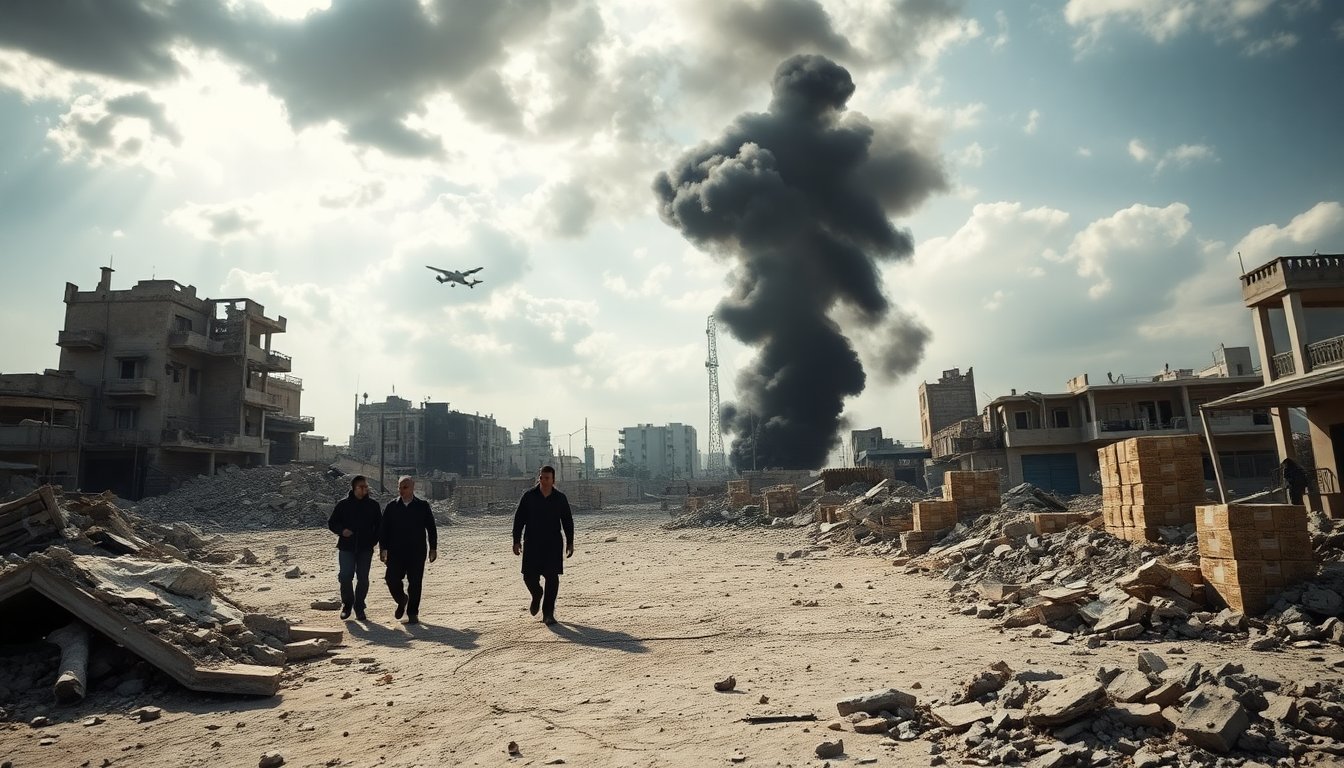Table of Contents
The situation in the Gaza Strip has worsened significantly, characterized by ongoing airstrikes, escalating food shortages, and widespread displacement among Palestinians. Following the attack by Hamas on October 7, 2023, which resulted in nearly 1,200 Israeli deaths and the abduction of 251 individuals, Israel launched a retaliatory offensive that has led to substantial casualties in Gaza.
According to the Gaza Health Ministry, the conflict has claimed over 67,000 Palestinian lives, with around 170,000 sustaining serious injuries. As the two-year anniversary of the October attacks approaches, peace negotiations led by the U.S. administration have encountered significant obstacles, with violence persisting.
Extent of destruction and displacement
Recent analyses from Oregon State University indicate that as of October 2, 2025, approximately 60% of buildings in the Gaza Strip have suffered damage or destruction since the conflict escalated, a sharp increase from the nearly 13% reported in November 2023, shortly after military operations began.
Impact on Gaza City
The Gaza City area has been particularly hard-hit, with around 74% of its structures reported as either damaged or destroyed. The continuous bombardment has resulted in the demolition of numerous buildings, aggravating the humanitarian crisis.
The United Nations estimates that by July 2025, about 78% of all structures in the Gaza Strip had been affected by the violence.
In a statement, UN Secretary-General António Guterres described Israel’s actions in Gaza City as a form of systematic destruction.
Despite a temporary ceasefire earlier in the year, around one million Palestinians returned to the city only to find their homes in ruins. Following renewed offensives, approximately 400,000 individuals were forced to flee again, while many remain trapped without means of escape.
Humanitarian implications and health crisis
The ongoing conflict has triggered a severe humanitarian crisis, with the United Nations reporting alarming conditions. Many residents of Gaza City cannot leave due to the blockade imposed by Israel, which limits access to essential resources. Amnesty International has underscored the need to protect civilians in Gaza City, emphasizing their right to safety and support during these tumultuous times.
Healthcare system collapse
The targeted destruction of healthcare infrastructure has been termed medicide by UN experts, who contend that systematic attacks on medical personnel and facilities are contributing to the collapse of medical care in the region. As of October 1, 2025, only 14 out of 36 hospitals in Gaza are operational, worsening the already dire health situation.
The volume of debris from the conflict is unprecedented, estimated to be 14 times greater than the cumulative debris from all conflicts over the past 16 years, according to a July 2024 UN report. The health crisis is exacerbated by soaring rates of malnutrition and starvation, with over half a million people facing famine conditions.
Casualties and the human toll
As the conflict continues, the human toll rises sharply. The UN Office of the High Commissioner for Human Rights reports that nearly half of the 67,160 Palestinians killed since hostilities began are women and children. The scale of casualties has led various organizations, including the UN Commission, to assert that Israel’s actions may amount to genocide.
Research suggests that the reported death toll may be significantly underestimated. A study published in the Lancet indicated that actual numbers could exceed previous estimates by up to 40%. Furthermore, investigations reveal that while approximately 8,900 fighters from Hamas and Palestinian Islamic Jihad have been recorded as deceased, civilians constitute about 83% of the total fatalities.
According to the Gaza Health Ministry, the conflict has claimed over 67,000 Palestinian lives, with around 170,000 sustaining serious injuries. As the two-year anniversary of the October attacks approaches, peace negotiations led by the U.S. administration have encountered significant obstacles, with violence persisting.0





